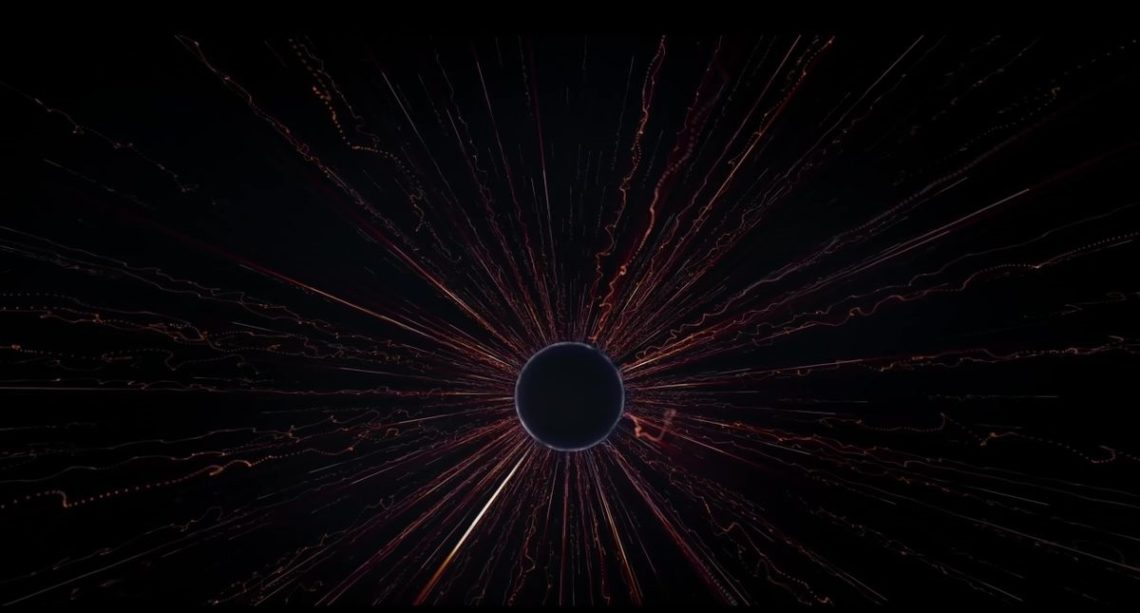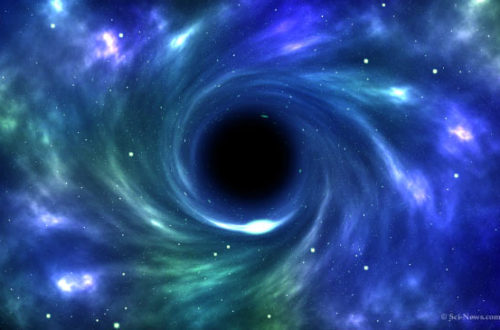Black holes are highly destructive objects in the universe, e. g., a star can be destroyed if it gets too close to the extreme gravity of a black hole (figure 1). On the other hand, there is nothing we could throw at a black hole that would damage it, not even another black hole would do it, they will simply merge into a larger one (figure 2). However, there may be a way to destroy these objects, all we need to do is to wait.
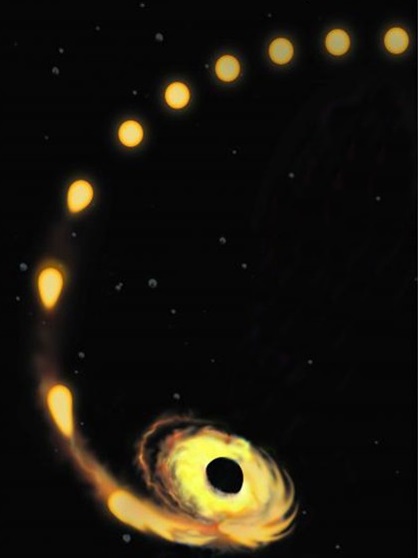
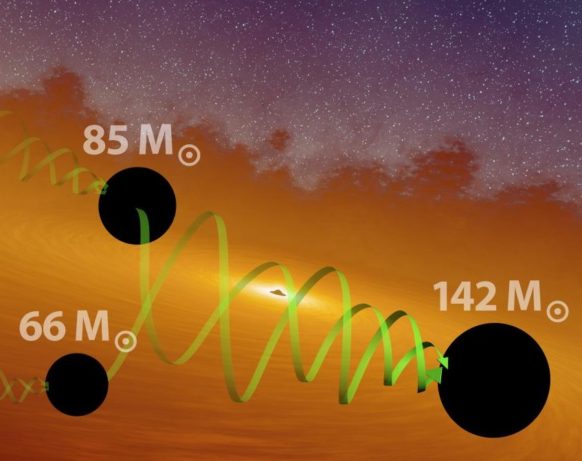
In 1974, Stephen Hawking realized that quantum fluctuations could lead a black hole to lose mass at a very low rate. These fluctuations continuously create and destruct particles and antiparticles. If they’re positioned just at the edge of a black hole’s event horizon, one of the particles could escape while its counterpart falls in (figure 3, case 3). Meanwhile, to an outside observer, it would look like the black hole had emitted the escaped particle (figure 4).
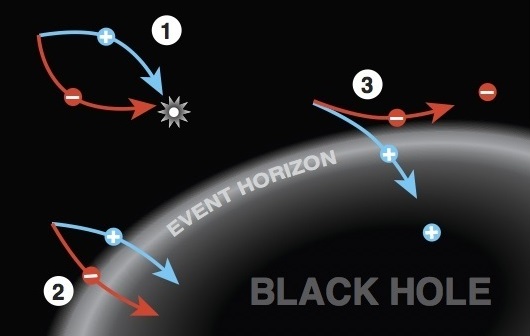
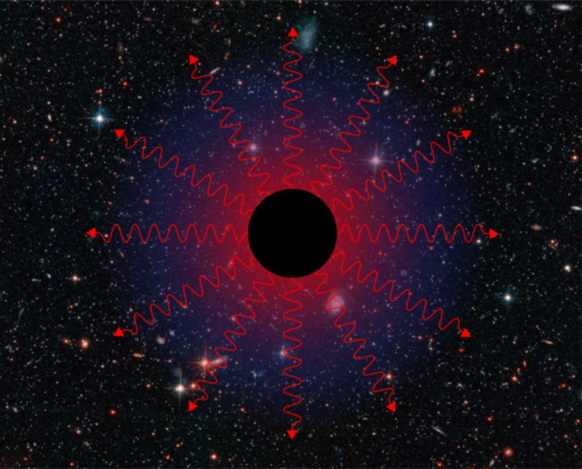
Thus, unless a black hole continues to absorb additional matter and energy, it’ll evaporate particle by particle. For a black hole with the mass of our Sun, it would take 10 million trillion trillion trillion trillion trillion years (much much longer than the current age of the Universe, 13.8 billion years) to fully evaporate! The smaller the black hole, the sooner it’ll burn out completely. When a black hole reaches about 1 million kilograms, it’ll have only one more minute to live.
One possible way to directly observe Hawking radiation is to detect gamma-ray flashes which are traces of the last moments of small, primordial black holes (with masses of the order of 210 billion kilograms) formed soon after the Big Bang.

